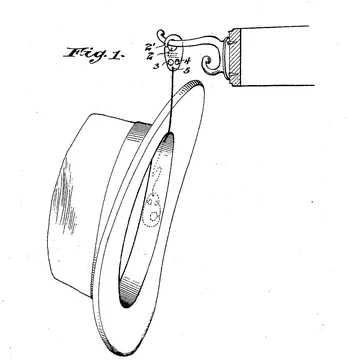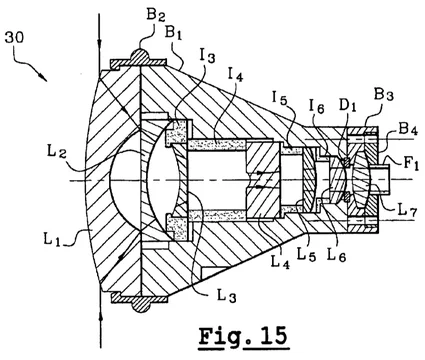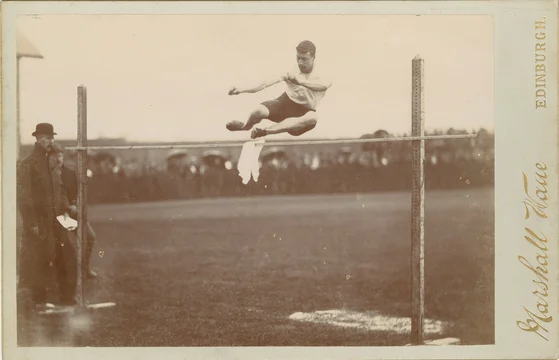
On Friday, Judge Williams resolved a case narrowing dispute in Nexus Pharmaceuticals, Inc. v. Execla Pharma Sciences, LLC, C.A. No. 22-1233-GBW (D. Del.).
The parties disputed the numerical limits for case narrowing. The Court adopted a proposed limit of 4 obviousness combinations per claim, with no more than eight combinations total, and 10 total prior art references. The patentee offered to narrow to 7 asserted claims.
The Court noted that the order was consistent with its precedent, in which it allowed no more than 10 claims, 10 prior art references, and 20 prior art arguments.
The Court also addressed what counts as a "reference." The patentee tried to limit the accused infringer so that every document counts as its own reference, even if the asserted obviousness combination is a prior art device, product, or system itself rather than the documents that describe that system.
The Court rejected that idea, and held that ...








